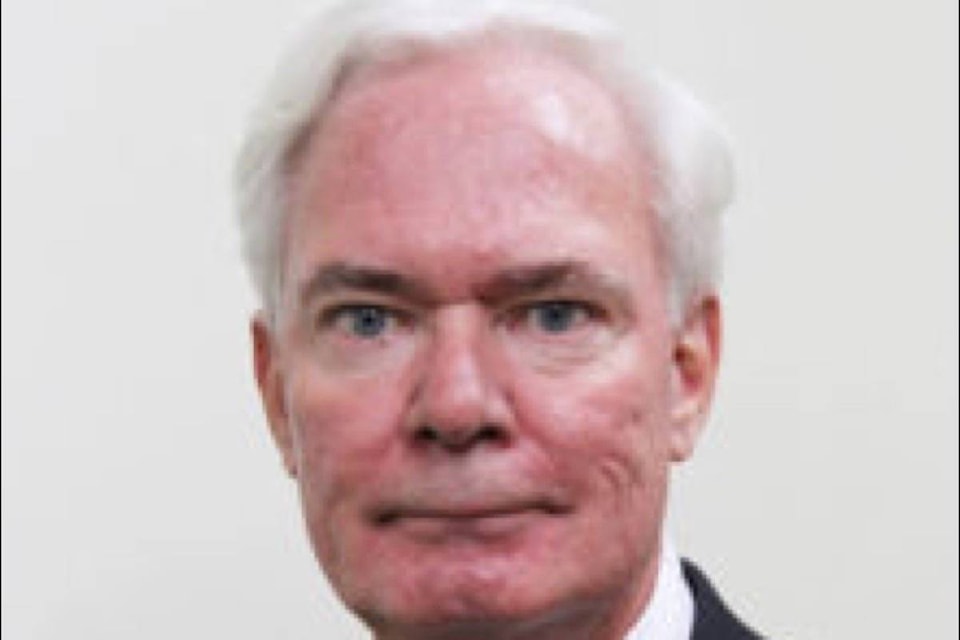By David Marsden
The provincial government’s decision to review funding for new supervised drug consumption sites will have some people rolling their eyes.
There’s no question Alberta is in the midst of an opioid crisis that killed a record-breaking 746 people last year. The number of fatal fentanyl overdoses in Red Deer alone doubled in 2018, rising from 23 to 47.
Premier Jason Kenney is living up to his campaign commitment to study the success of such facilities, and quite rightly, those who advocate on behalf of Albertans with addictions worry what the outcome of the deliberations will be. Given Kenney’s not-so-subtle criticism of drug consumption sites, the suspicions aren’t without foundation.
Still, it’s not unusual for a new government to second-guess the decisions of its predecessor. The cancellation of the carbon levy and a reduction in corporate taxes are just two examples of how Kenney’s priorities differ from those of the NDP, which lost the April 16 election.
It would have been easier for Kenney to let the new sites open as planned and remain focused on more pressing matters, such as Alberta’s lacklustre economy. Having pushed the pause button, Kenney will be held accountable for any changes in the way supervised drug consumption sites operate.
Mayor Tara Veer looks on the bright side, pointing out the review is an opportunity for Red Deer to seek remedies for the site’s shortcomings. The city continues to be distressed by the number of used needles that are strewn throughout downtown, and nearby business owners complain clinic visitors discourage shoppers. A provincial review of the sites should strive to resolve these matters.
The city receives $80,000 a year for needle cleanup, but that’s far less money than is required to deal with a problem of the province’s creation.
This is the perfect time to ensure collecting carelessly discarded needles isn’t an onerous financial burden to city taxpayers, nor an unnecessary public health hazard.
The study might also find that rather than having a single site in the city, two locations would better serve the public. Such a change would reduce the volume of clients being handled at a single site, and provide access to service to people outside the city’s core.
It’s also worth taking stock of what the mandate of the sites should be. Yes, it’s certainly better that addicts use clean needles rather than dirty ones, and swallow pills while being supervised, but in itself, that’s not enough.
The assumption should be that clients are striving to get clean. The afflicted can’t be addiction free if they’re not breathing, but neither should the sites simply offer free needles and a comfy place to use streets drugs.
The sites must be part of a group of resources. If there’s a lack of assistance and treatment that would help drug users shed their addiction over time, that’s worth discovering.
Red Deer has pleaded for a drug treatment centre for years. Having willingly taken on the task of reviewing the best methods of addressing addiction, the Kenney government must commit to funding a treatment centre in the city — a facility that doesn’t simply reduce the risk of death, but makes lives whole again.
That would be best outcome of the government’s self-imposed study.
David Marsden is managing editor of the Red Deer Advocate.
